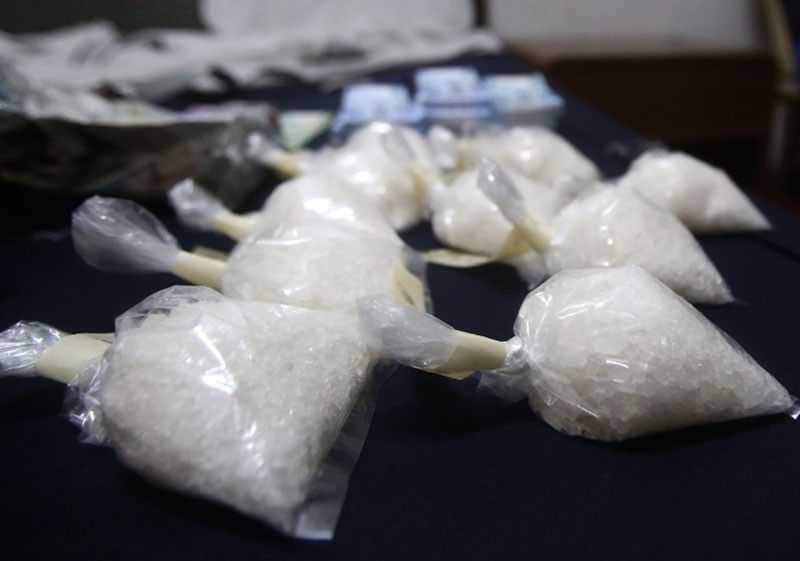SEA is fastest-growing shabu market — world report

MANILA, Philippines — Southeast Asia has emerged as the world’s fastest-growing market for methamphetamine or shabu, the United Nations Office on Drugs and Crime (UNODC) reported.
It also said that 35 million people globally suffer from drug use disorders.
In its 2019 World Drugs Report released on Wednesday, the UNODC said methamphetamine use is causing a rising concern across several regions as it noted that the quantities of methamphetamine seized in East and Southeast Asia rose more than eightfold between 2007 and 2017.
These seizures, about 82 tons, already comprise 45 percent of those seized worldwide, although this may yet increase as the preliminary data for 2018 indicate a further steep increase to roughly 116 tons.
The 2018 figures suggest that Thailand may have overtaken China in terms of the amount of methamphetamine seized, particularly of methamphetamine tablets. About 745 million methamphetamine tablets were reported seized in East and Southeast Asia last year, of which 515 million were from Thailand.
A geographical shift in the manufacture and trafficking of methamphetamine has taken place recently, from China to other countries in the sub-region.
“Information on methamphetamine use in Southeast Asia is sparse. Most countries in Southeast Asia report methamphetamine as the main drug of concern in treatment. People using methamphetamine tend to be more frequent and more intense users than those who misuse pharmaceutical stimulants, and they face potentially more damaging consequences,” the report said.
People receiving treatment for the use of methamphetamine account for more than three quarters of those in treatment in the Philippines, Thailand, Brunei, Cambodia, Laos and Singapore.
According to the report, global methamphetamine manufacture is dominated by North America and by East and Southeast Asia.
While 50 countries were identified by member-states as possible countries of origin for methamphetamine manufacture, about 35,000 clandestine methamphetamine laboratories were reported dismantled in 31 countries in 2013 to 2017. The majority of those laboratories (90 percent) were dismantled in North America, mostly in the US, followed by Mexico and Canada.
Most of the laboratories reported in the US were “kitchen labs” or those producing methamphetamine for the local market with a small output compared to those detected in other countries, such as the several large-scale, industrial-size laboratories found in Mexico and in East and Southeast Asia that were producing methamphetamine for export.
The annual report also said that a large number of methamphetamine laboratories were dismantled in Asia (six percent of the global total), most notably in China and the Islamic Republic of Iran which, together, accounted for 95 percent.
There were also some clandestine laboratories dismantled (by descending order of importance) in Malaysia, the Philippines, Indonesia, the Republic of Korea, Thailand, India and Myanmar.
“Methamphetamine trafficking continues to increase but remains mainly concentrated in North America and East and Southeast Asia,” the report said.
Marijuana
The most widely used drug globally continues to be cannabis, with an estimated 188 million people having used it in 2017.
The UNODC said improved research and more precise data have revealed that the adverse health consequences of drug use are more severe and widespread than previously thought.
“Globally, some 35 million people are estimated to suffer from drug use disorders and who require treatment services, according to the latest World Drug Report,” UNODC said.
The higher estimates for 2017 are the result of improved knowledge of the extent of drug use from new surveys conducted in India and Nigeria, both among the 10 most populous countries in the world.
The report also estimates the number of opioid users at 53 million, up 56 percent from previous estimates.
It said that opioids are responsible for two-thirds of the 585,000 people who died as a result of drug use in 2017. Globally, 11 million people injected drugs in 2017, of whom 1.4 million live with HIV and 5.6 million with hepatitis C.
- Latest
- Trending





























